Whether you're new to hemp or a seasoned pro, it can be hard to wrap your head around all of your options. Maybe you're familiar with CBD or THC, but what about the lesser known cannabinoids?
One such compound is CBG. CBG has been growing in popularity in recent years, and more and more CBD businesses are starting to offer it in their products. We've featured it in one of our tinctures and softgel formulas, and for good reason! Research into its benefits is starting to show some exciting results.
So what is CBG, why should you use it, and how does it compare to CBD? We've put together a full comparison for you - read on to find out more.
What Is CBD?
Ah, CBD. Short for Cannabidiol, CBD comes from the hemp plant. You'll find it in a variety of products, and for good reason: it provides plenty of benefits to the people who consume it. CBD occurs naturally in the hemp plant, and people have used it for thousands of years for its effects on mood and the body. Unlike THC, CBD doesn't provide a psychoactive "high," so you can reap its impacts without losing focus.
Why Do People Like CBD?
People enjoy CBD products because of the way it interacts with the endocannabinoid system. This system helps your body regulate many of its functions, including mood and sleep. Therefore, CBD products can help support you in these areas. Many Joy Organics customers tell us they like CBD products because they help reduce stress and support great sleep without psychoactive side effects.
How Can You Get CBD?
CBD is available in many different forms. You'll find it in gummies, softgels, tinctures, salves, and even pet products. CBD is one of the most common cannabinoids on the market today, so it's easy to find.
What Is CBG?

CBG is short for cannabigerol (try saying that one five times fast). Like CBD, CBG comes from the hemp plant. Like CBD, CBG is a cannabinoid and interacts with your body via the endocannabinoid system. Unlike CBD, though, CBG is present in much smaller quantities in the hemp plant. This has a big impact on how it is derived.
Why Do People Like CBG?
Because it interacts with the endocannabinoid system, CBG can support your body as it regulates certain functions. Research into the benefits of CBG are ongoing, but our customers tell us they find it can help with muscle soreness and inflammation.
How Do You Get CBG?
CBG is available in many of the same types of products as CBD. As you shop for CBD products, pay attention to other cannabinoids on the listing. This will help you determine if it's present in the CBD product you're buying.
Key Differences Between CBD and CBG
They may be only one letter apart, but there are plenty of differences between CBD and CBG.

CBD and CBG Are Derived Differently
CBD is abundant in hemp plants. CBG is not. This may have something to do with why CBD is much more common in hemp products. As interest in CBG grows, though, breeders have started to try different methods to cultivate hemp plants with high CBG content.
As it stands, CBG makes up only about 1% of the cannabinoid content of most hemp plants. It needs to be harvested earlier on in the growing process, unlike CBD, which is harvested from mature plants.
If you're someone who is looking to buy CBG products, the amount of CBG in hemp and the way it is collected likely won't impact you much. What you may find, though, is that CBG is available in far fewer products than CBD.
CBD and CBG Are Different Molecularly
Now, we're not saying that you need to have a chemistry degree in order to understand the differences between CBD and CBG. All you really need to know is that while they're similar compounds, the way they are structured is slightly different from one another. This means that they interact with your body in slightly different ways, and therefore can have slightly different effects. Some of our customers prefer one to the other, and some of our customers enjoy both.
CBD and CBG Are Not Equally Available
Take a look through any CBD shop and you'll quickly see that the letters CBD show up much more than the letters CBG. Though CBG is growing in popularity, CBD's ease of production and impact on mood and sleep make it a more popular cannabinoid.
Potential Benefits of CBD vs. CBG
CBD and CBG are different compounds, therefore they have different effects on the body. Both have potential benefits and both have made a positive difference in our customers’ lives. Here's a breakdown of what you can expect from each of these cannabinoids:
Potential CBD Benefits:
There's quite a list here, so get ready!
- Mood Support: CBD can help the body regulate mood. It can provide a feeling of relaxation without the "high" associated with high-THC strains of marijuana. Our customers tell us that CBD products help them relax without causing them to lose focus on what they're doing.
- Sleep Support: If you're having trouble dozing off, CBD may be able to help. Our customers tell us that CBD products, particularly those that include melatonin, help them fall asleep in a reasonable amount of time and don't leave them feeling groggy in the morning.
- Joint and Muscle Support: CBD can have a positive impact on your joints and muscles. This may mean faster recovery times after exercise, or healthier, better-functioning joints.
- Overall Well-being: It's difficult to tend to your wellness if you're feeling tired, unhappy, or sore. Adding CBD to your daily wellness routine can help support you overall, making it easy to move, focus, and enjoy your life.
Potential CBG Benefits:
Interest in CBG is just starting to grow, which means that there is currently less research into its benefits than there is for CBD. However, that doesn't mean there's not plenty to get excited about.
One of the most promising benefits of CBG is its impact on inflammation. Inflammation can cause many negative impacts on the body, including pain, fatigue, and lowered mood. Adding CBG to your wellness routine can help support the body in regulating its inflammatory response. While it's certainly not a silver bullet, and it's important to remember that research is still ongoing, there are reasons to feel optimistic about CBG's impact on your overall wellness.
Which One Should You Choose?
CBD vs CBG: which one is the right one for me? This is the question that's on many of our customers’ minds. And it makes sense! With so many combinations of letters in our shop, it can be difficult to know which one is right for your particular situation.
We Love CBD, But We Also Love CBG
CBD is fantastic. Clearly, we love CBD around here. But it's not the be-all and end-all of cannabinoids. There are absolutely situations where a product high in CBG is the more appropriate choice. But how do you know which way to go?
The best advice we can give is to think about what you'd like to get out of your CBD or CBG. Are you looking for something to help you with your mood? A product with more CBD in it will likely be the better choice. But if you're looking to reduce inflammation and support your muscles and joints, you'll likely be happier with a product that has a higher concentration of CBG.
Something else to keep in mind is the entourage effect. This refers to the way that all of the different compounds in hemp work together to create a greater effect than what you'd find in isolation. This may mean you'll notice changes like better sleep, a lighter mood, or a more comfortable body with a lower serving size. Full spectrum products like our CBD gummies are where you'll get this entourage effect.
Everyone Is Different
So while it can be helpful to think about CBD and CBG in isolation, it can be just as useful to think about how they can work together with your body. Everybody is different, though. There's really no substitute for trying different formulations and seeing how they make you feel. What works well for one person might not work so well for another. Give CBD products a try. Give CBG products a try. Compare how they make you feel. That's the best way to move forward to find what works well for you.
How to Take CBD and CBG
Are you new to CBD? Or are you an old pro who wants to give CBG a try? Both are great! Here's our advice.
Choose a Product That Works for You
There's no end to the different CBD and CBG products on the market today. We recommend taking a look at all of the available options to figure out what works best for you. Here are just a few of your choices:
- Tinctures: CBD and CBG tinctures are simple and make it easy to decide on your serving size. Droppers let you decide exactly how much you consume. This can be a great choice for someone trying to determine how much CBD or CBG is best for them.
- Gummies: Gummies are easy and enjoyable to take. They're popular among our customers for their flavor varieties. You don't have to worry about swallowing a pill or choosing a serving size - just pop one in your mouth and go.
- Topicals: Topical products are helpful if your goal is to support your joints and muscles. Just apply directly to the area you want to target.
- Softgels: Softgels are perfect for anyone looking for a simple and effective way to work CBD into their daily routine. Our softgels use nanoemulsion technology to maximize absorption. This means your results will be faster and last longer.

Find the Right Serving
Like we've said before, everyone is different! What works well for someone else won't necessarily work for you. If you're looking to add CBD or CBG to your daily wellness routine, it's worth it to take the time to find your ideal serving size.
CBD and CBG topicals can be helpful for this. They give you flexibility to choose the serving size that works best for you. We recommend starting with a lower serving, then gradually increasing to find the results you're looking for.
Use as Needed
Some people enjoy CBD and CBG products as part of their daily wellness routine. Others use them on an as-needed basis. There's no right or wrong way to go about it! As always, pay attention to the impact it has on your body and make adjustments as needed to achieve your desired outcome.
CBD Vs. CBG: There's No One Right Answer
If you're looking for us to tell you which is better between CBD and CBG, we're going to have to let you down. The hundreds of compounds present in hemp all interact with the body and with each other in different ways. There is no one choice that is better in all circumstances. Instead, it's all about what works better for you.
We can't tell you what the best option is. However, we can tell you that it's well worth the effort to try a few different products and get to know how you like them. Whether it's CBD, CBG, or any other cannabinoid, the right choice is the one that helps you feel your best and supports you in living the life you want to live.








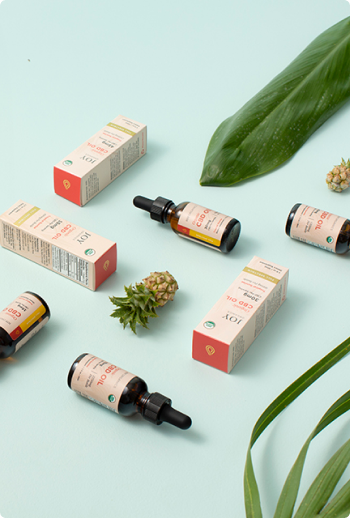
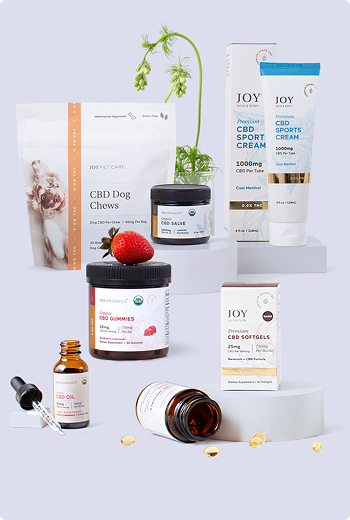
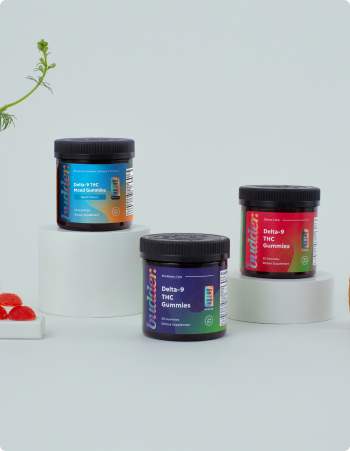












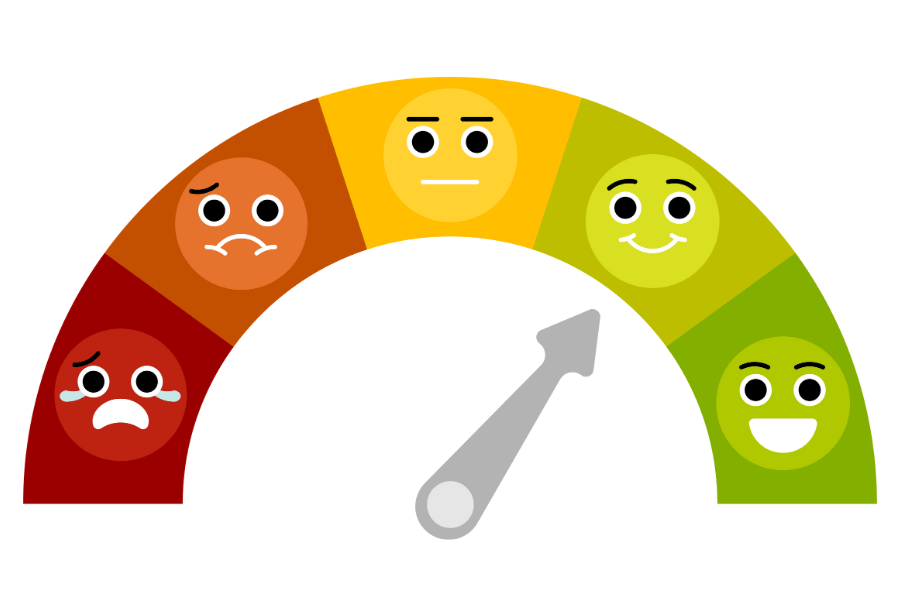
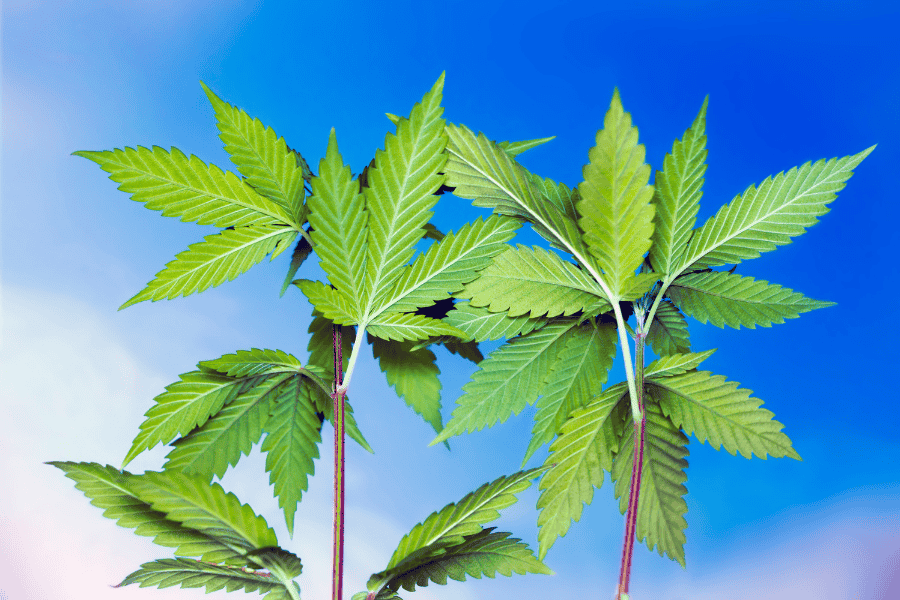








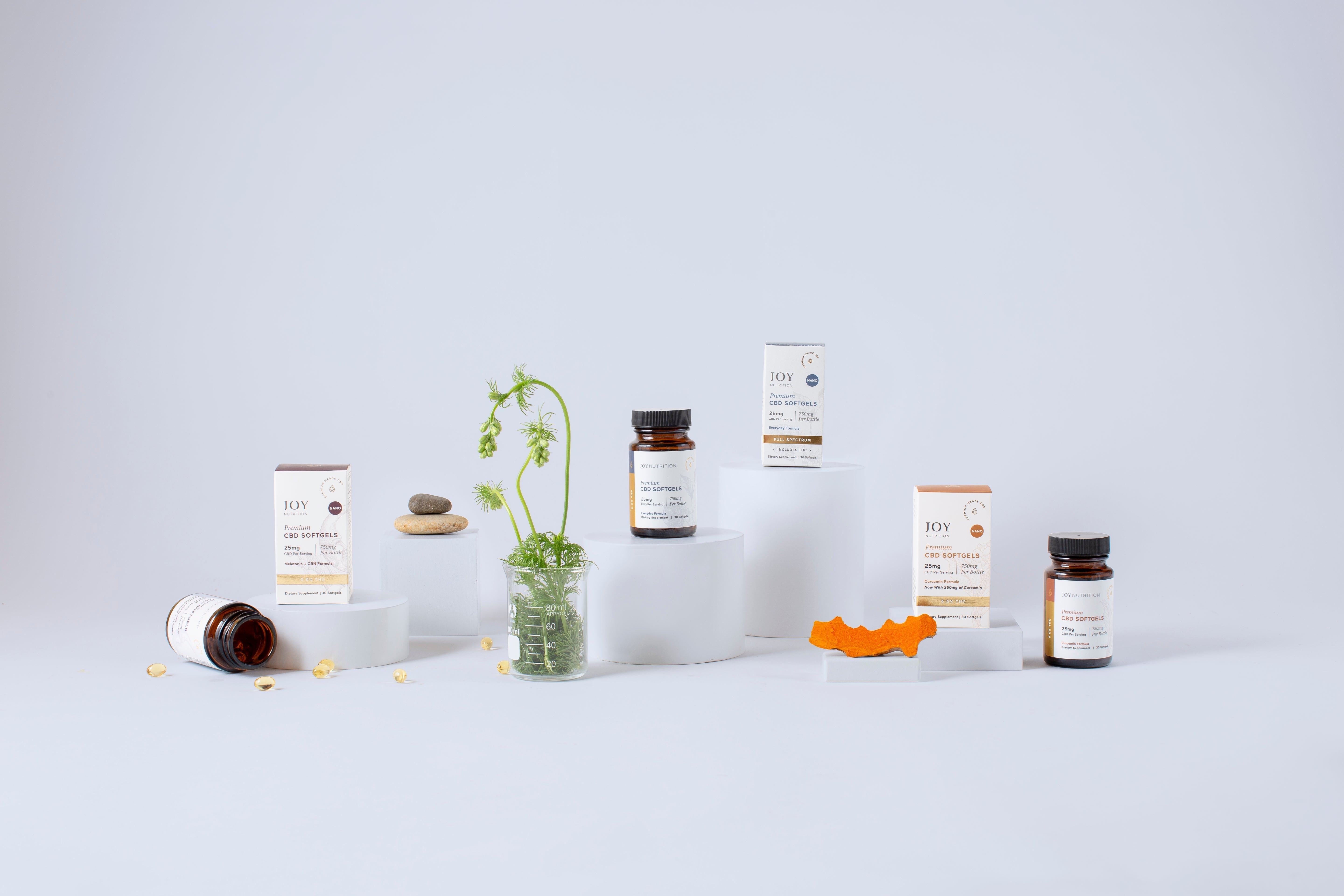











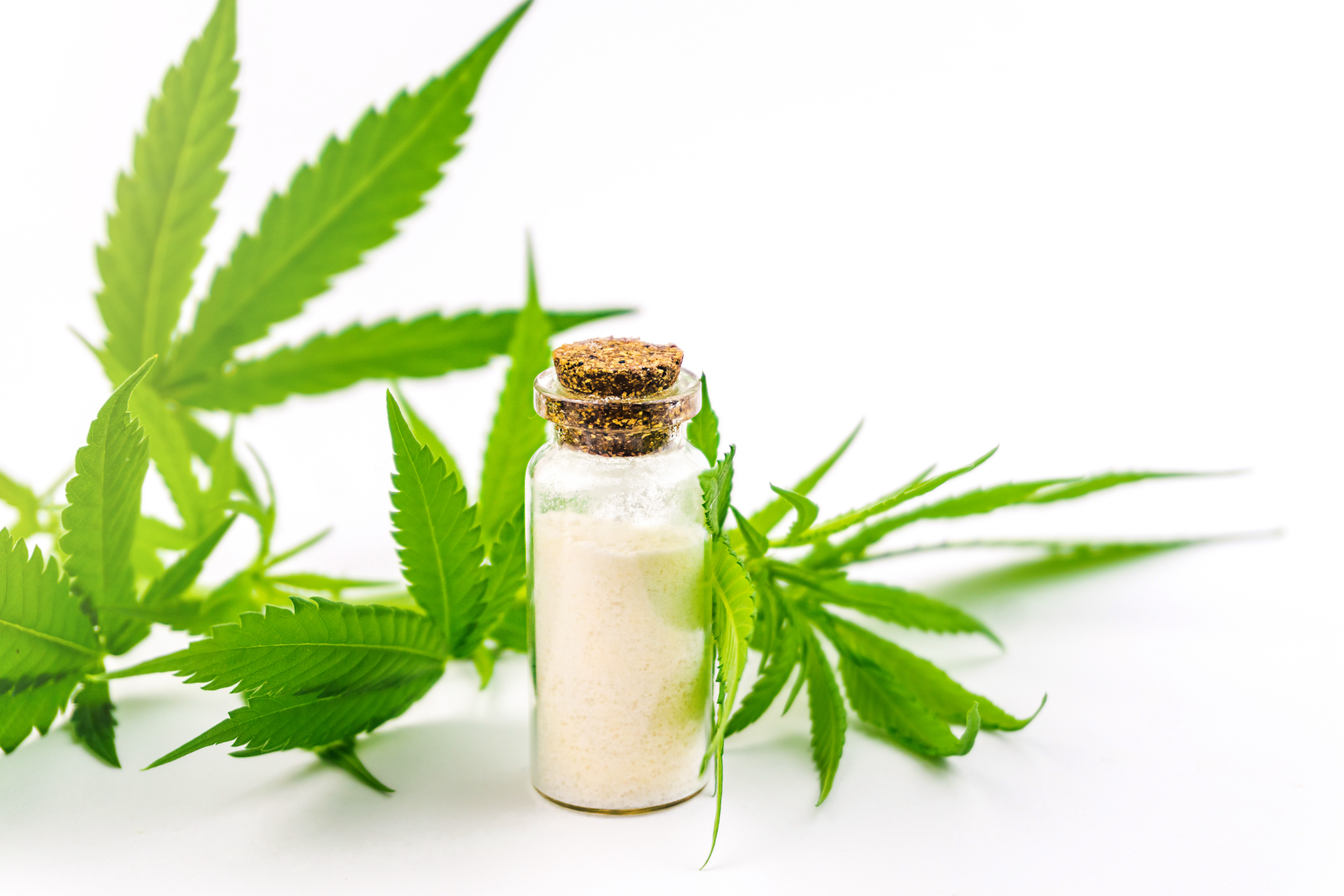
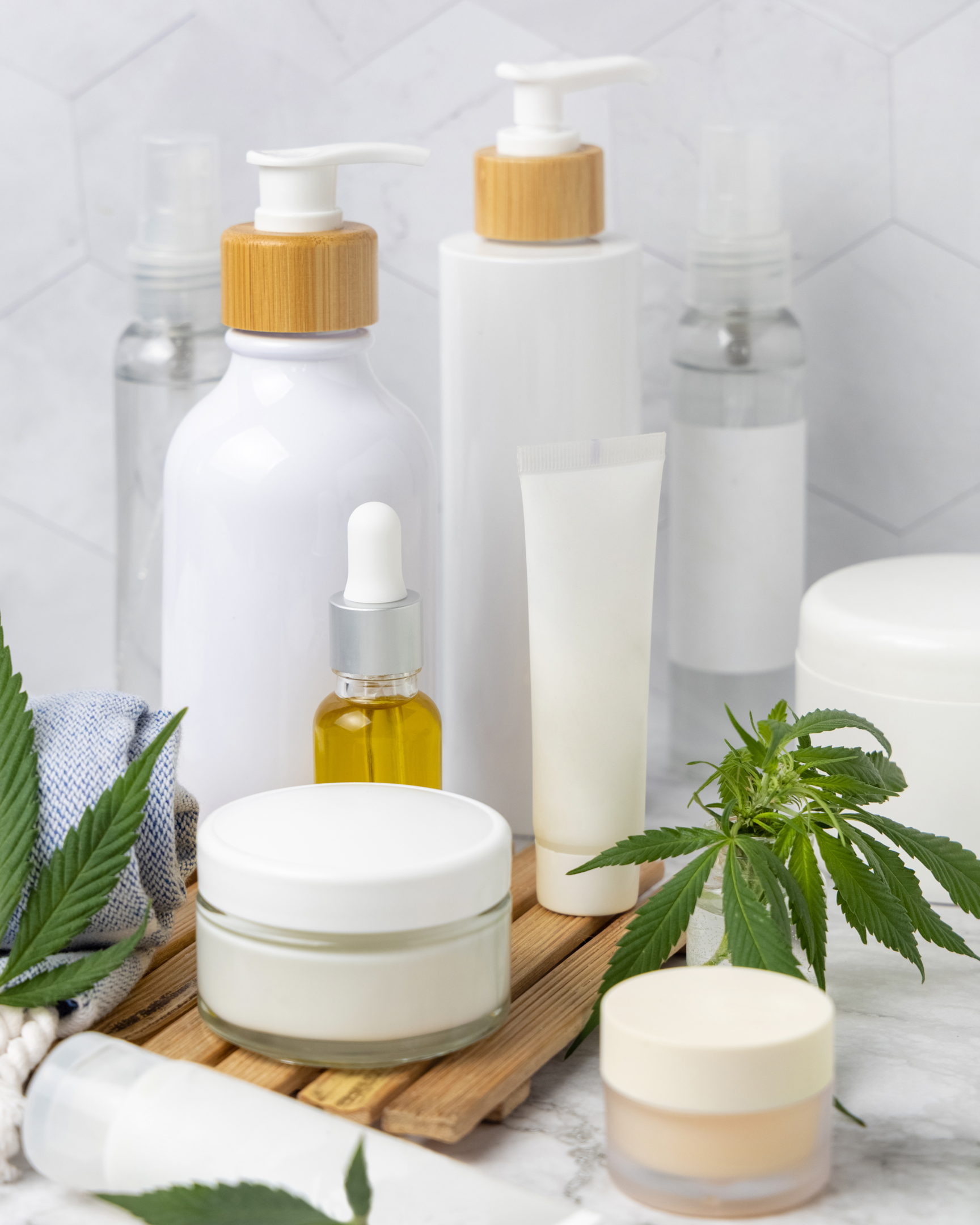
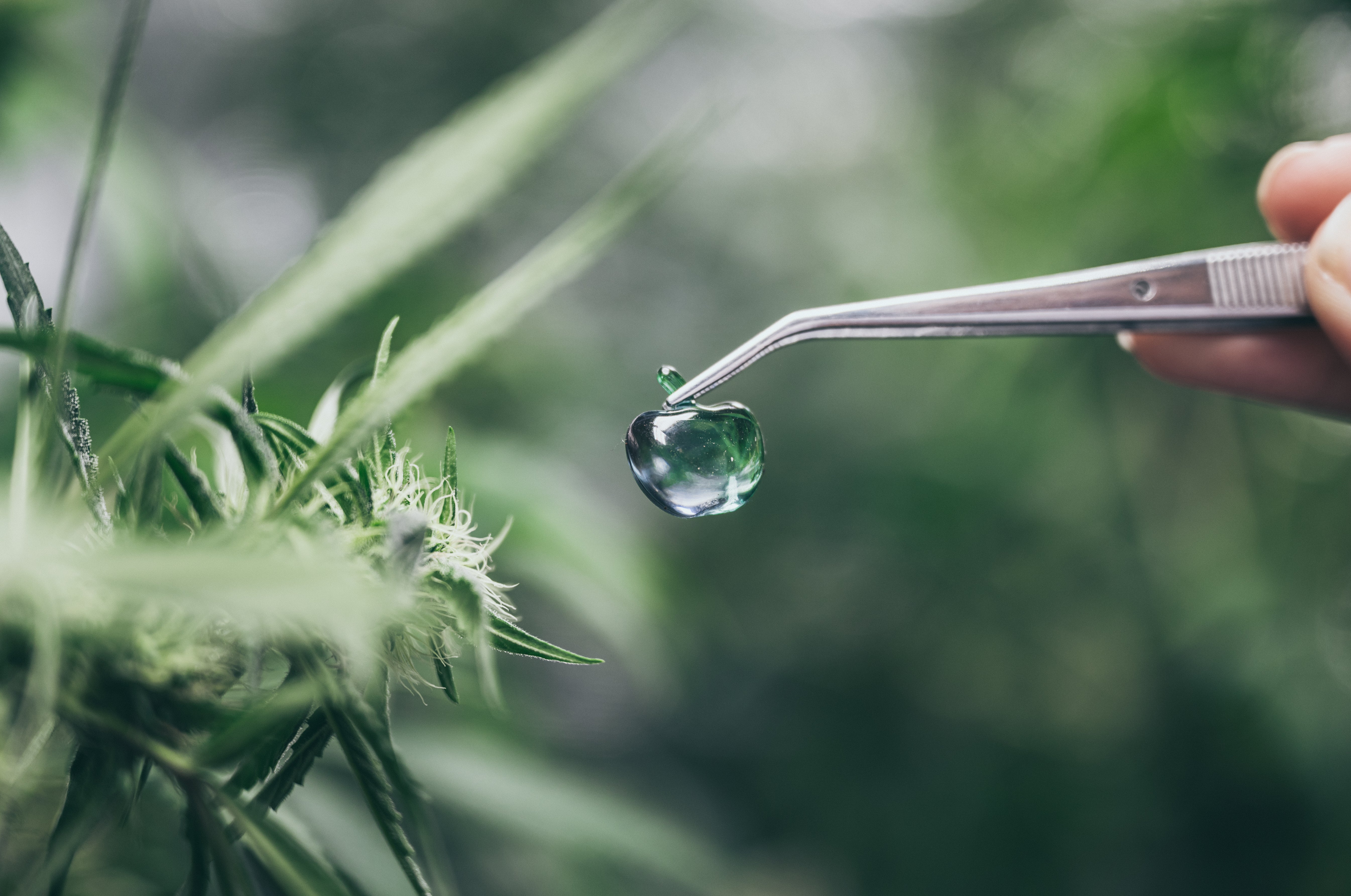
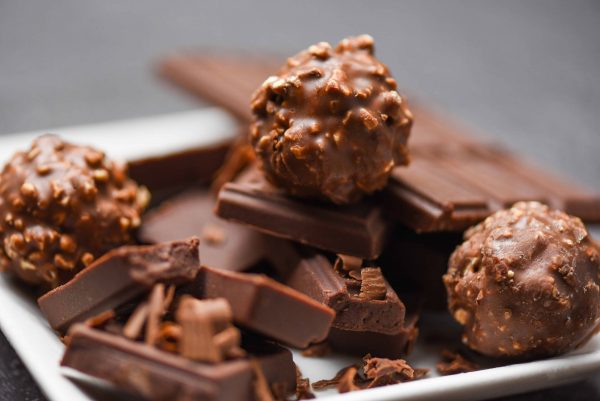
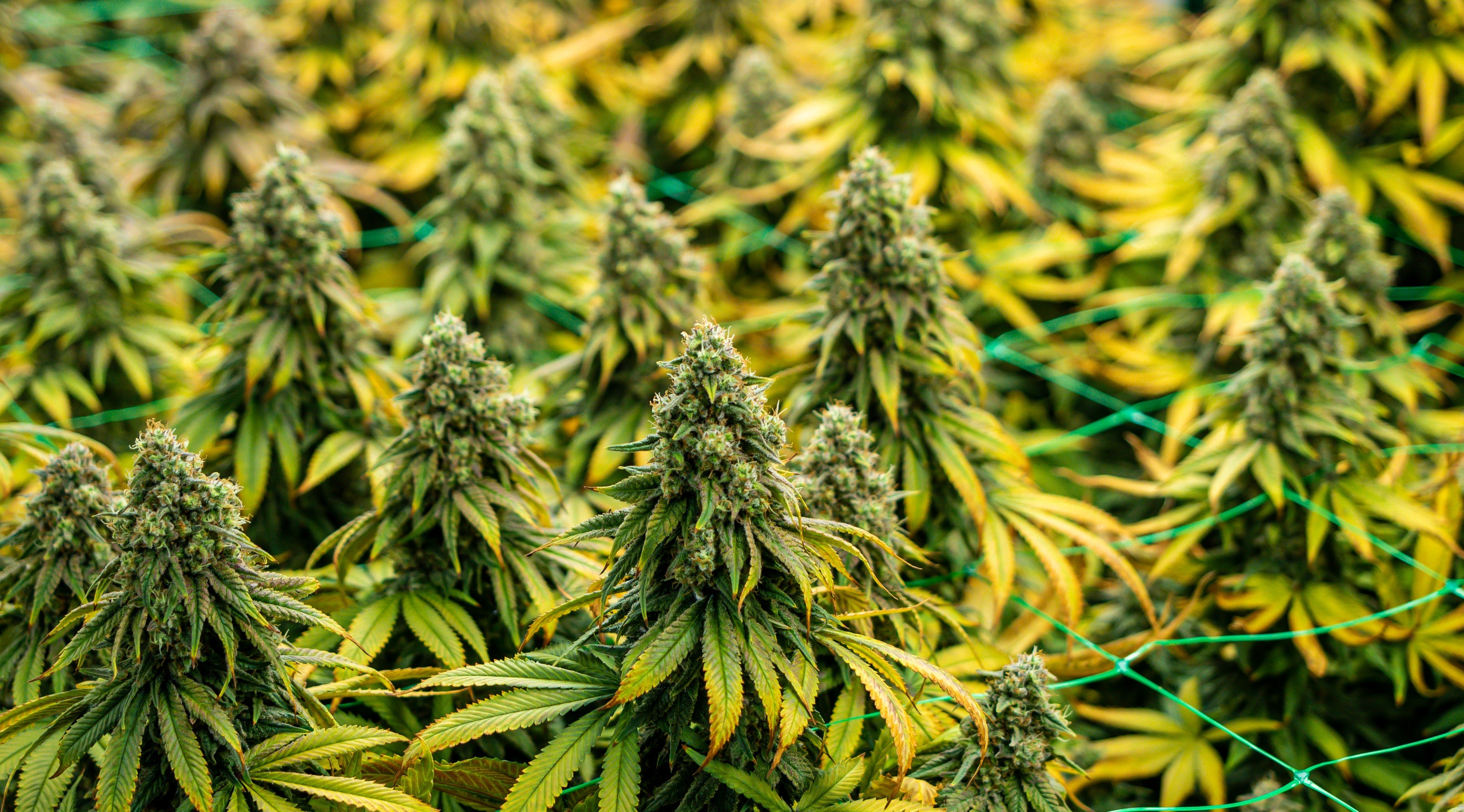
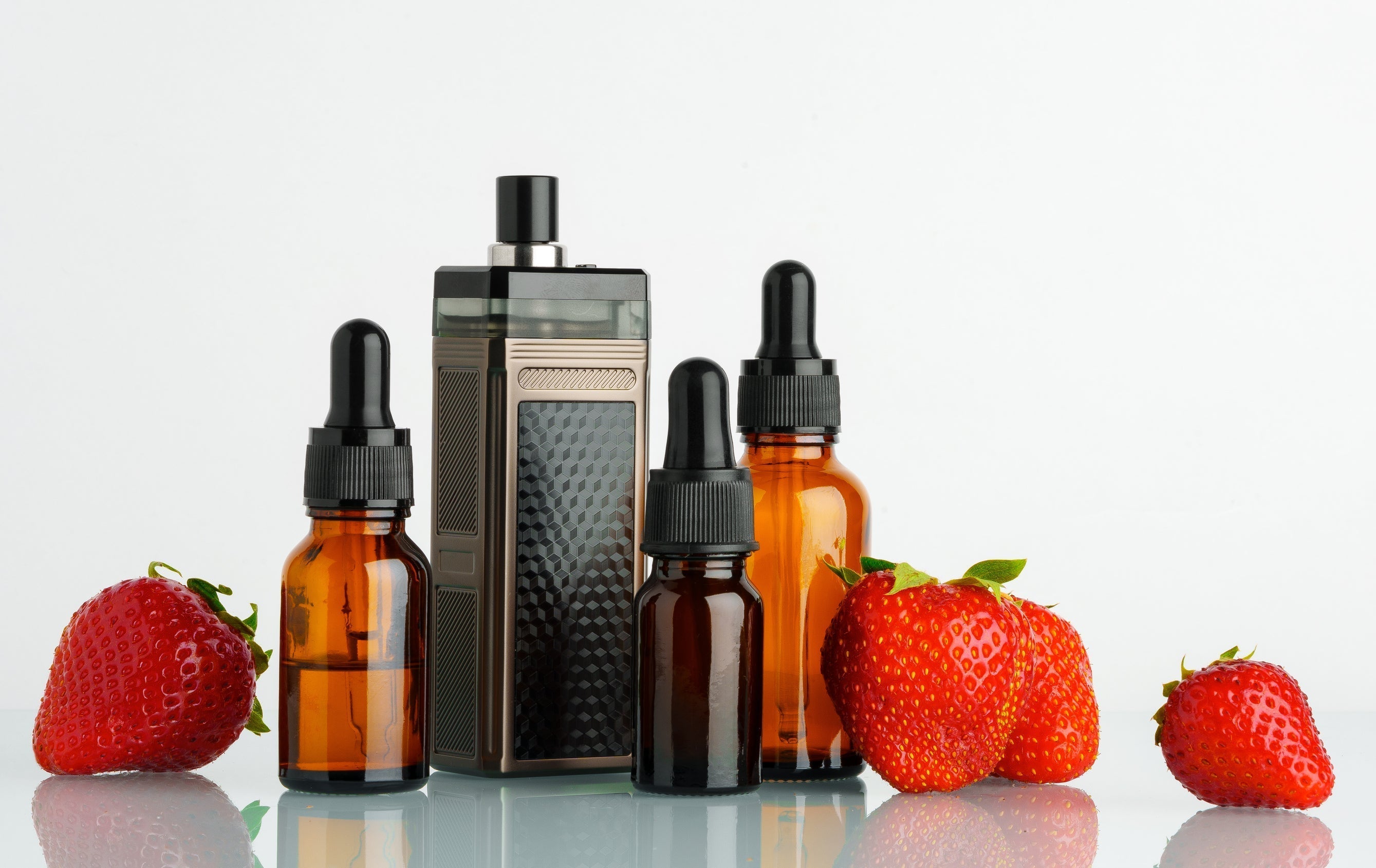

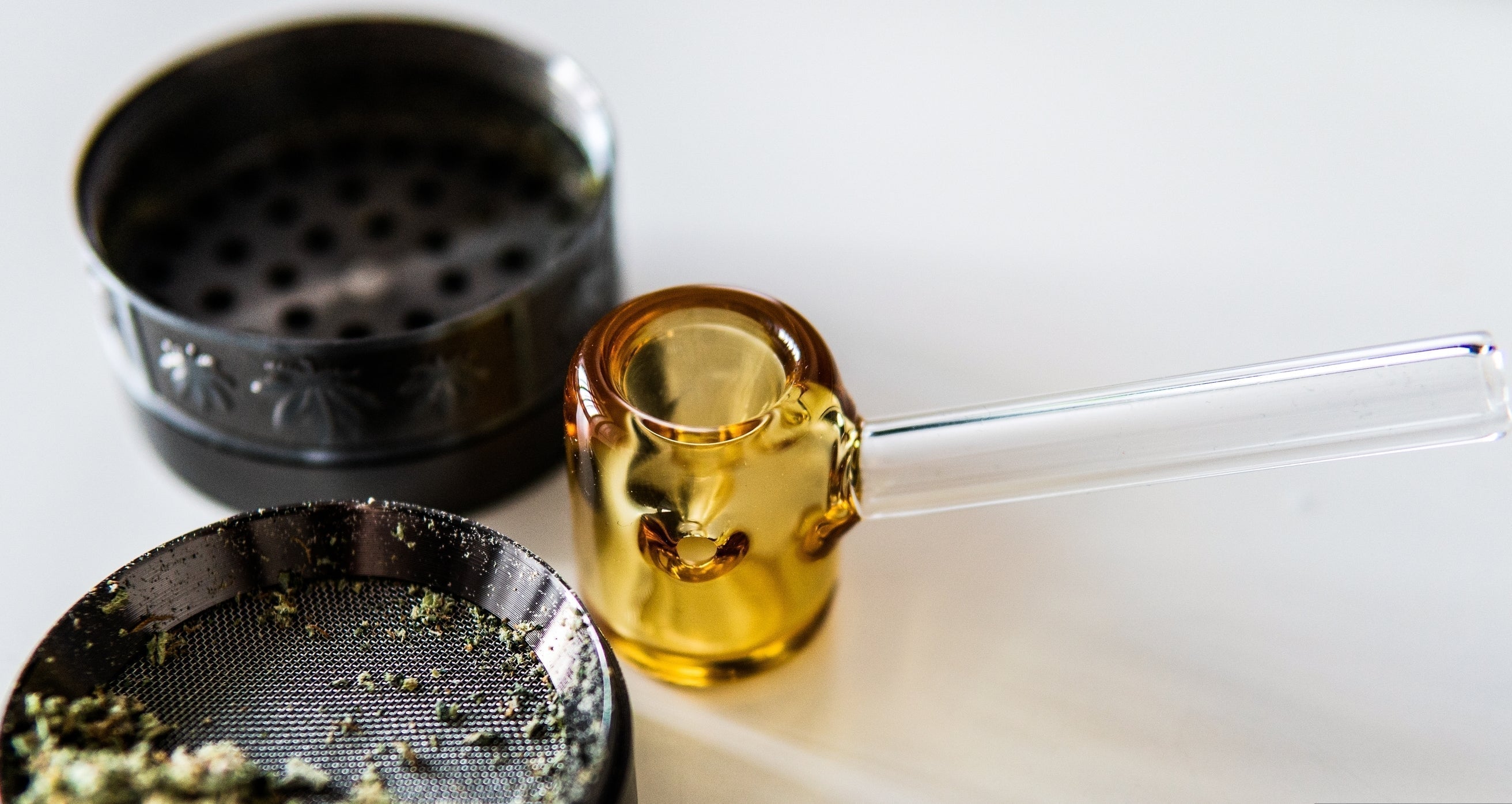



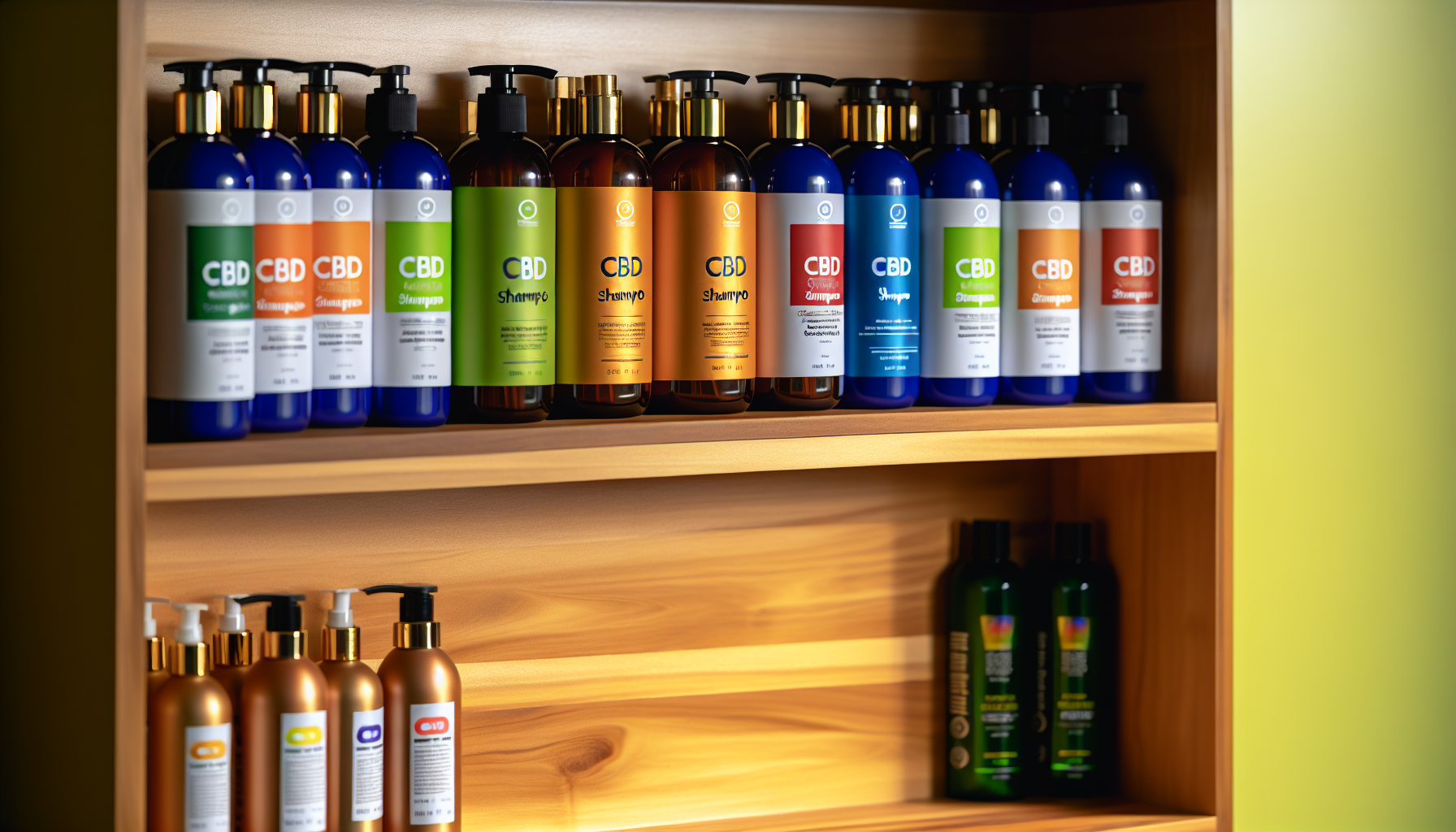
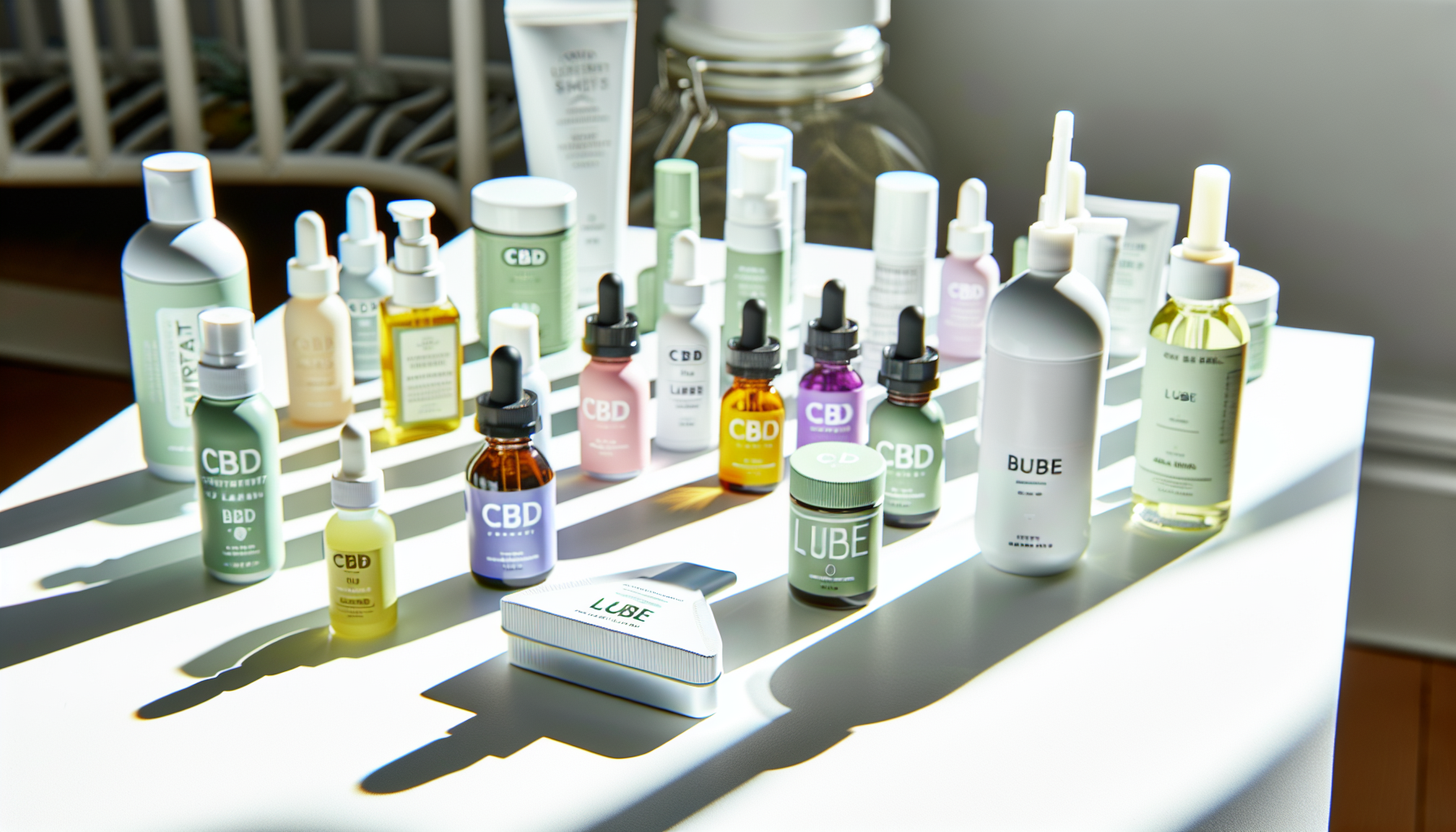

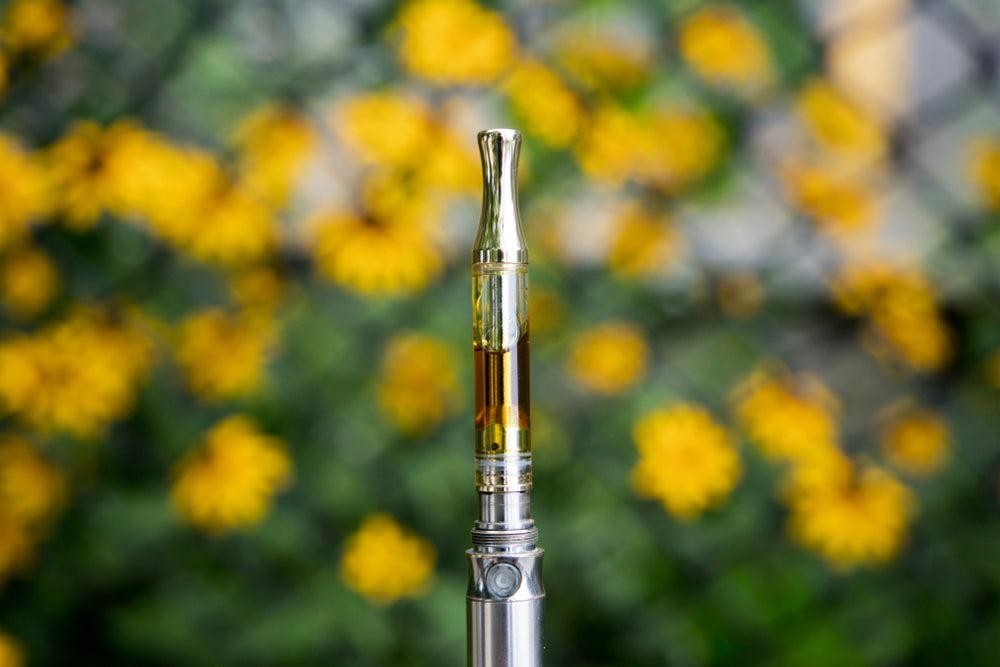
Join in on the Conversation
Your email address will not be published. Once your comment is approved, it will be published.